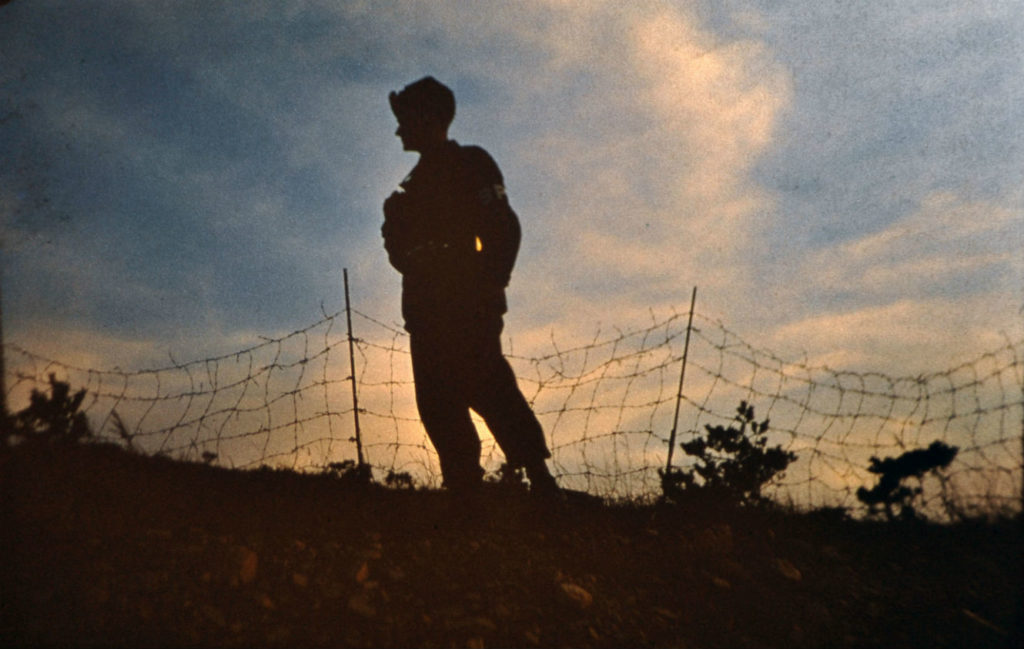

Editor’s Note: This was originally published by The Interpreter, the online magazine of the Lowy Institute for International Policy, an independent, nonpartisan think tank based in Sydney. War on the Rocks is proud to be publishing select articles from The Interpreter.
Conventional wisdom tells us that because North Korea’s elites are rational actors, they will conclude that the benefits of employing nuclear weapons will be outweighed by the costs. Regime extinction is identified as the most compelling cost, and Kim Jong Un’s instinct for self-preservation is said to override all other considerations.
But the prospects of North Korea using nuclear weapons during crises, or in the initial stages of a conventional (that is, non-nuclear) conflict, are greater than generally acknowledged. This is not based on any assumption about the rationality or otherwise of the Kim regime; rather, that nuclear first use may itself be seen as a rational option if a U.S. first strike is regarded as inevitable.
History shows that states in the process of building up their nuclear forces see themselves as vulnerable to preventive or pre-emptive first strikes because of the incipient nature of their command and control systems, coupled with the small size of their nuclear inventories. North Korea’s small and vulnerable arsenal is a textbook example, as Vipin Narang and Ankit Panda wrote in War on the Rocks last week. Yet instead of inducing caution, this vulnerability can encourage risk-taking. Notably, the Soviet Union’s propensity to take risks during crises was strongest in the 1950s and 1960s when it was most susceptible to a disarming U.S. first strike.
The notion of “crisis stability” broadly refers to the range of incentives protagonists have not to pre-empt in a crisis by striking the other side first. Crisis instability occurs when one side has an incentive to strike first. This can also pertain to intra-war conditions where one side has an incentive to escalate from conventional forces to nuclear use.
The risks of crisis instability at both levels – pre-emptive use of nuclear weapons before a shot is fired or pre-emptive first use of nuclear weapons as a conventional conflict unfolds – are real, and relate directly to the vulnerabilities North Korean authorities confront in commanding and controlling nuclear forces during periods of high tension and/or conventional conflict. These vulnerabilities will only increase as the size of the regime’s arsenal expands.
Like all new nuclear states, North Korea confronts the dilemma of whether to configure its nuclear forces with an emphasis on positive control (being able to ensure that nuclear weapons can always be used when authorities want) or negative control (ensuring that nuclear weapons can never be used without central authorization). This positive-negative dilemma lies at the heart of decision-making in nuclear states irrespective of whether they are democratic or authoritarian.
In contrast to our growing knowledge about North Korea’s nuclear and missile forces, knowledge about the country’s nuclear command and control network remains sketchy. We do know that in 2012, the same year North Korea enshrined possession of nuclear weapons in its constitution, the Ballistic Missile Training Guidance Bureau was upgraded to the Strategic Rocket Forces Command, which has equivalent status to the service arms of the Korean People’s Army, reports directly to Kim, and whose commander is reportedly a member of North Korea’s highest decision-making body, the State Affairs Commission.
One point all analysts agree on is that North Korea’s command and control systems are highly centralized and rudimentary. Centralization, and the associated absence of launch pre-delegation to field commanders, is hardly surprising in view of the highly authoritarian nature of the regime. One authoritative report notes that North Korea lacks safety mechanisms (such as permissive action links) to prevent the accidental or unauthorized use of nuclear warheads.
Historically, all nuclear powers invest relatively modest resources in improving their command and control systems. The lion’s share of investment is poured into building up the “hardware” of weapons systems at the expense of command and control “software.” As the path-breaking research of Des Ball demonstrated, even U.S. command and control systems at the height of the Cold War would have struggled to survive the opening salvos of a nuclear exchange.
Given Pyongyang’s commitment to scaling up the number of warheads and delivery systems in its arsenal, the regime will have limited resources to invest in systems that coordinate and manage nuclear forces.
The focus on hardware over software will incur few costs in peacetime. However, if a genuine high-level crisis or conflict materializes, North Korea will be vulnerable to a decapitation strike, and will therefore be tempted to configure its nuclear forces on an extremely high readiness posture. As Narang and Panda pointed out, fearing that unless it uses its nuclear forces early, it will lose them altogether if the U.S. strikes first, the regime in Pyongyang may rationally calculate that it makes little sense to hold back from going nuclear.
Many analysts will regard this assessment as alarmist. Nuclear war would be a disaster for the North Korean people and would almost certainly lead to the destruction of the Kim regime. But rationality itself may be the driver for North Korea to initiate the use of nuclear weapons in a high-level crisis or in the early stages of a conventional conflict, should Pyongyang regard a U.S. first strike on its nuclear forces as imminent.
Andrew O’Neil is Dean (Research) and Professor of Political Science in the Griffith Business School. Prior to being appointed Dean in April 2016, he was Head of the School of Government and International Relations (2014-2016) and Director of the Griffith Asia Institute (2010-2014). Before coming to Griffith in 2010, Andrew was Associate Head (Research) in the Faculty of Social Sciences at Flinders University, and prior to entering academia he worked as a Commonwealth public servant with Australia’s Department of Defence.
Image: Air Combat Command
